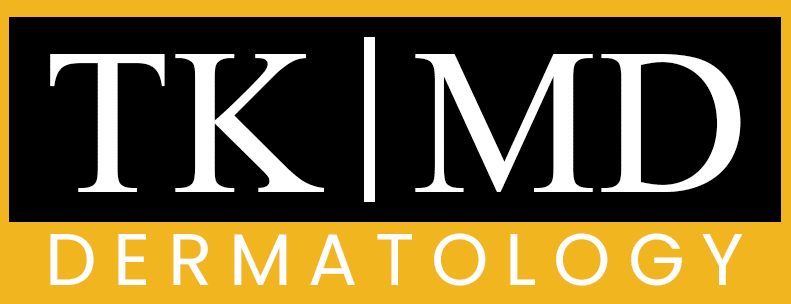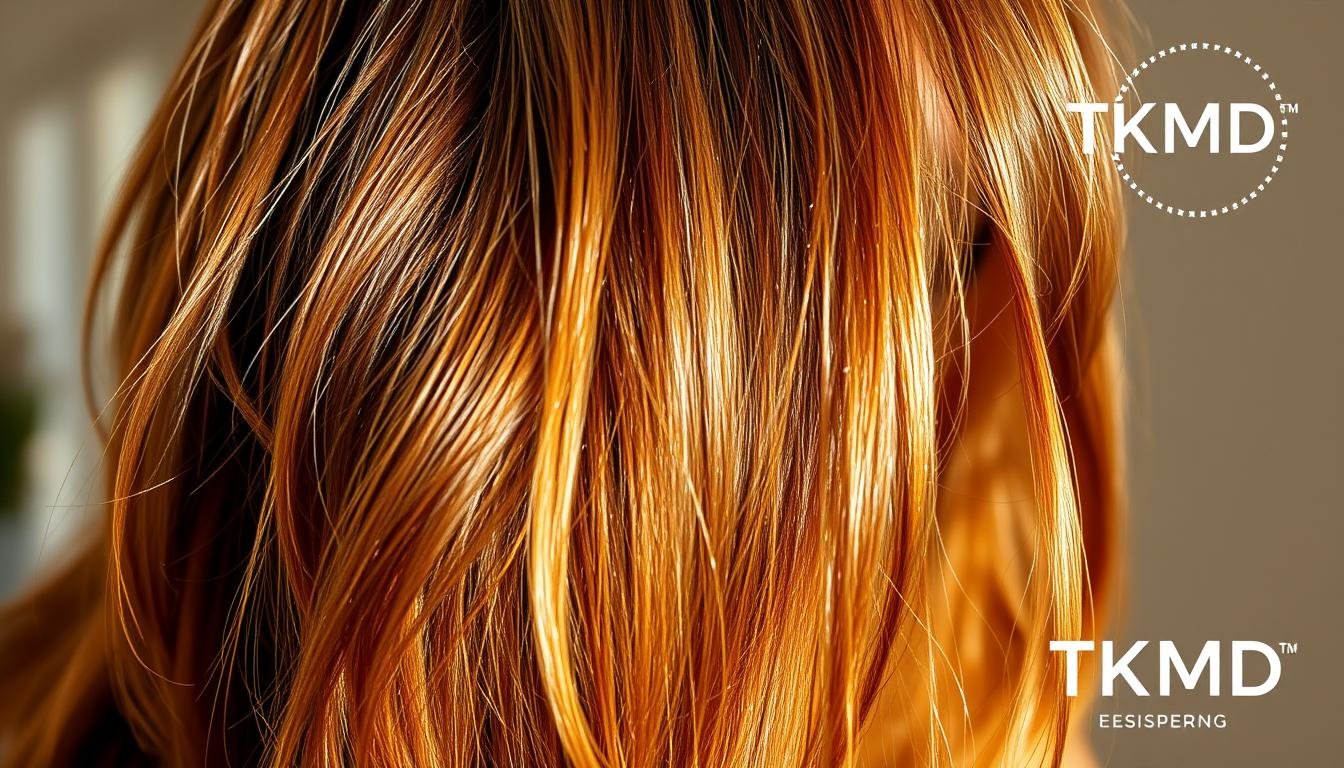Managing thick hair can be a daunting task. The constant struggle with frizz, heaviness, and styling difficulties can be overwhelming.
Many individuals with thick locks yearn for a solution to make their hair management easier without sacrificing its natural volume and beauty.
Understanding the unique characteristics of hair and implementing the right treatments can make a significant difference. By adopting the right care techniques, you can achieve healthier, more manageable hair.
Key Takeaways
- Understand the characteristics of thick hair to manage it effectively.
- Implement the right treatments to achieve healthier hair.
- Adopt daily care routines to make thick hair more manageable.
- Use the right products to enhance hair management.
- Achieve easier styling with the right techniques.
Understanding Thick Hair: Challenges and Benefits
The journey to managing thick hair begins with understanding its inherent challenges and benefits. Thick hair is a unique asset that requires specific care and attention to maintain its health and appearance.
Common Challenges of Managing Thick Hair
Managing thick hair can be daunting due to its density and volume. It often becomes unmanageable and difficult to style, especially in humid environments. The weight of thick hair can also cause strain on the scalp, potentially leading to discomfort.
Thick hair tends to be more prone to frizz and unruliness, making it challenging to achieve a sleek, polished look without the right products and techniques.
The Natural Benefits of Having Thick Hair
Despite the challenges, thick hair has numerous natural benefits. It provides better coverage of the scalp, offers natural volume, and can be styled in numerous ways. The density of thick hair offers better protection for the scalp against environmental factors like sun exposure.
Thick hair strands are generally stronger and more resistant to breakage than fine hair when properly maintained. Having thick hair allows for more versatility in styling options, creating a fuller-looking head of hair that frames the face beautifully.
Effective Remedies for Thick Hair Management
Managing thick hair can be a daunting task, but there are several effective remedies that can make it more manageable. Thick hair requires special attention to maintain its health and appearance.
Oil Treatments for Taming Thick Hair
Oil treatments are a great way to tame thick hair. They help to lock in moisture and reduce frizz. Using oil treatments regularly may help to make thick hair more manageable.
Applying oil to the hair and scalp, and leaving it on for about 30 minutes before washing, can be particularly beneficial.
DIY Hair Masks for Thick Hair
DIY hair masks can provide an intensive treatment for thick hair, delivering nutrients and moisture directly to the hair shaft. Ingredients like eggs, yogurt, honey, and avocado are rich in proteins and vitamins that are beneficial for hair health.
For example, an avocado hair mask can be made by combining the fruit of one avocado with one tablespoon of olive oil. Apply to hair and scalp, let sit for about 30 minutes, then wash thoroughly with mild shampoo and lukewarm water.
Essential Hair Care Products for Thick Hair
The right hair care products can make a significant difference in managing thick hair. Using the appropriate treatments and formulations helps maintain hair health and appearance.
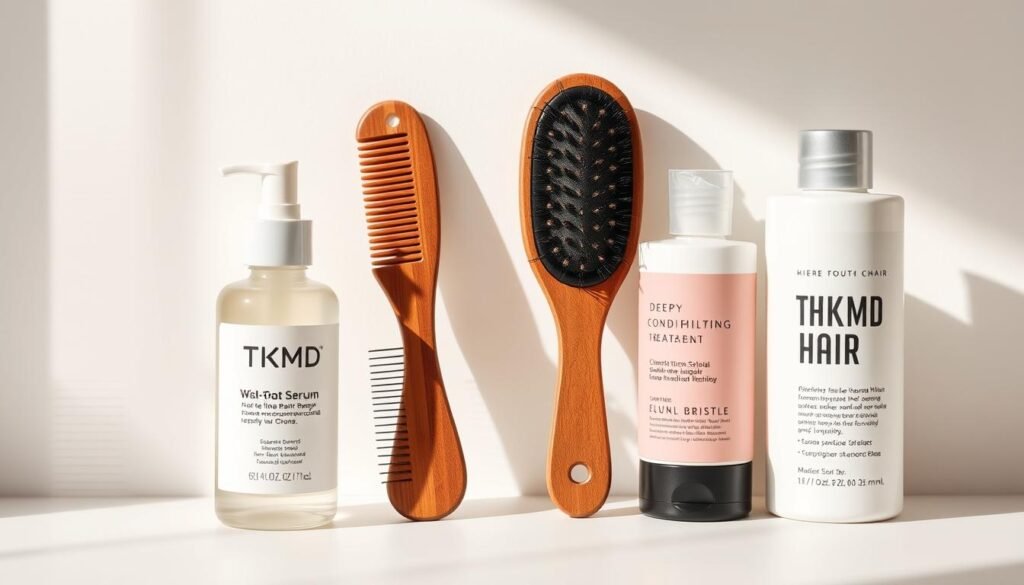
Specialized Shampoos and Conditioners
Thick hair benefits from specialized shampoos and conditioners that are formulated to provide intense moisture and nourishment. These products help detangle and manage thick hair, making it easier to style.
When choosing a shampoo and conditioner for thick hair, look for products containing ingredients like hyaluronic acid and natural oils that promote hair health and manageability.
Leave-in Treatments and Serums
Leave-in treatments and serums are crucial for ongoing moisture and frizz control throughout the day. Products containing hyaluronic acid can promote hair growth and improve overall hair health.
- Leave-in conditioners provide moisture without weighing hair down.
- Anti-frizz serums create a protective barrier around hair strands.
- Heat protectant sprays prevent damage and breakage.
- Lightweight hair oils can tame flyaways and add shine.
- Scalp treatments help maintain scalp health.
For maximum effectiveness, apply leave-in treatments to damp hair before styling to lock in moisture and improve manageability. Using a wide-tooth comb ensures even distribution throughout the dense hair mass.
Proper Washing and Conditioning Techniques
Proper washing and conditioning techniques are the foundation of effective thick hair management. Understanding how to wash and condition thick hair correctly can make a significant difference in its manageability and overall health.
How Often to Wash Thick Hair
Washing thick hair too frequently can strip it of its natural oils, leading to dryness and frizz. It’s generally recommended to wash thick hair 2-3 times a week, depending on your lifestyle and personal preferences. Using a gentle shampoo and lukewarm water can help maintain the hair’s natural moisture.
| Washing Frequency | Hair Type | Benefits |
|---|---|---|
| 2-3 times a week | Thick, dry, or curly hair | Retains natural oils, reduces frizz |
| Daily | Oily hair | Controls oil production |
Conditioning Methods for Maximum Benefit
Conditioning is crucial for thick hair management. Deep conditioning treatment applied for 15-30 minutes can significantly improve moisture retention and elasticity. To maximize the benefits, apply conditioner primarily to the mid-lengths and ends, avoiding the scalp unless it’s particularly dry.
- Sectioning thick hair before applying conditioner ensures complete coverage.
- The “squish to condish” method is effective for thick, wavy, or curly hair.
- Rinsing conditioner with cool water helps seal the hair cuticle.
Styling Tips for Thick Hair
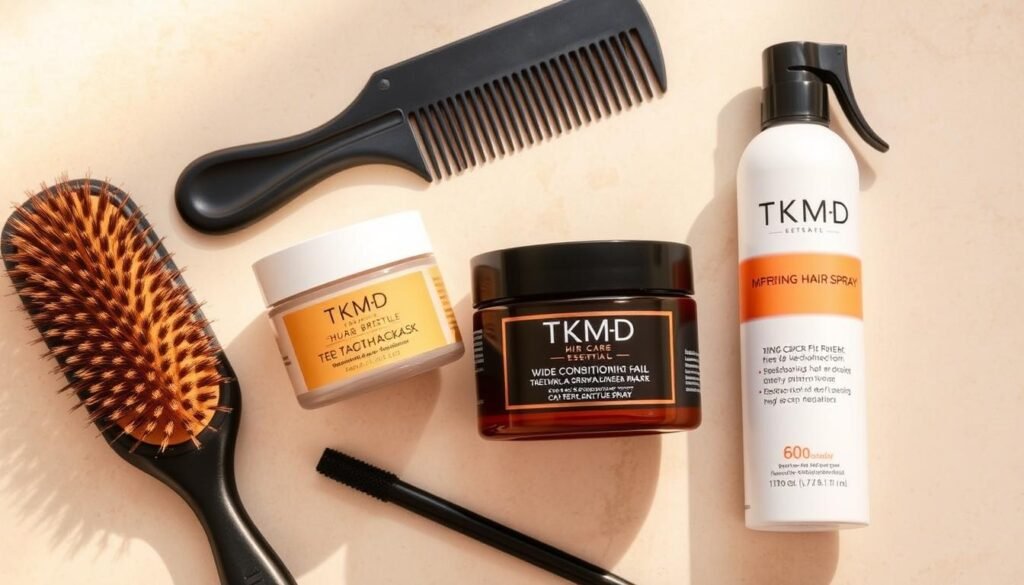
Thick hair, while beautiful, presents unique styling challenges that can be overcome with the right approaches. Styling thick hair effectively involves understanding its characteristics and using appropriate styling techniques and products.
Heat Styling Techniques and Precautions
Using heat styling tools can be an effective way to style thick hair, but it requires caution to prevent damage. Techniques like using a round brush while blow-drying can help smooth the hair cuticle, reducing frizz and enhancing shine. However, it’s crucial to use a heat protectant to shield your strands from damage.
No-Heat Styling Options for Thick Hair
No-heat styling options are a great way to manage thick hair while preventing heat damage. Techniques such as braiding damp hair, using foam rollers, or creating twist-outs can create texture and style without heat. For instance, overnight braiding can result in beautiful waves by morning, controlling volume and frizz. You can explore various hair treatments to enhance your styling options.
Some popular no-heat styling methods include twist-outs, braid-outs, Bantu knots, and using flexi-rods or foam rollers. These methods not only reduce heat damage but also offer versatile styling options that can be adapted to different hair types and preferences, saving you time in the long run.
Haircut Recommendations for Thick Hair
The ideal haircut for thick hair varies based on texture, face shape, and personal style. A well-chosen haircut can make a significant difference in managing thick hair, reducing styling time, and enhancing overall appearance.

Best Layering Techniques for Volume Management
Layering is a crucial technique for managing thick hair. Long layers can help distribute weight evenly, reducing bulkiness. For thick, straight hair, incorporating face-framing layers can enhance elegance while breaking up density. The key is to avoid too much layering, which can lead to frizz and unmanageability.
| Hair Type | Recommended Layering | Benefits |
|---|---|---|
| Thick, Straight | Long layers with face-framing pieces | Elegant appearance, reduced density |
| Thick, Curly | Longer lengths with minimal layering | Elongates curls, reduces volume |
| Thick, Wavy | Collarbone-length with long layers | Creates movement, showcases natural texture |
Length Considerations for Different Hair Types
The ideal length for thick hair depends on several factors, including hair texture and lifestyle. Medium-length cuts often strike a balance between versatility and manageability. For curly thick hair, longer lengths can be beneficial as they help elongate curls. In contrast, shorter styles like bobs and lobs can significantly reduce styling time for those with thick hair.
- Medium-length cuts offer versatility.
- Longer lengths suit curly thick hair.
- Shorter styles reduce styling time.
Nutrition and Diet for Healthy Thick Hair
Nutrition is fundamental to hair health, and certain dietary choices can significantly impact the manageability of thick hair. A diet rich in essential nutrients can help maintain the strength and vitality of thick hair.
Essential Nutrients for Hair Health
A well-balanced diet that includes healthy fats, protein, and various vitamins is crucial for maintaining healthy thick hair. Protein is particularly important as it provides the building blocks for hair growth. Vitamins and minerals, such as vitamin E, play a significant role in promoting hair growth and maintaining the overall health of the scalp.
Foods That Support Manageable Hair
Incorporating specific foods into your diet can support the health and manageability of thick hair. Foods rich in omega-3 fatty acids, like salmon, help nourish hair follicles. Eggs are another beneficial food, providing complete protein and essential nutrients. Nuts and seeds, such as walnuts and chia seeds, offer healthy fats and vitamin E, supporting moisture and shine. Additionally, dark leafy greens and sweet potatoes contribute to healthy sebum production and scalp health, making them valuable additions to a hair-friendly diet.
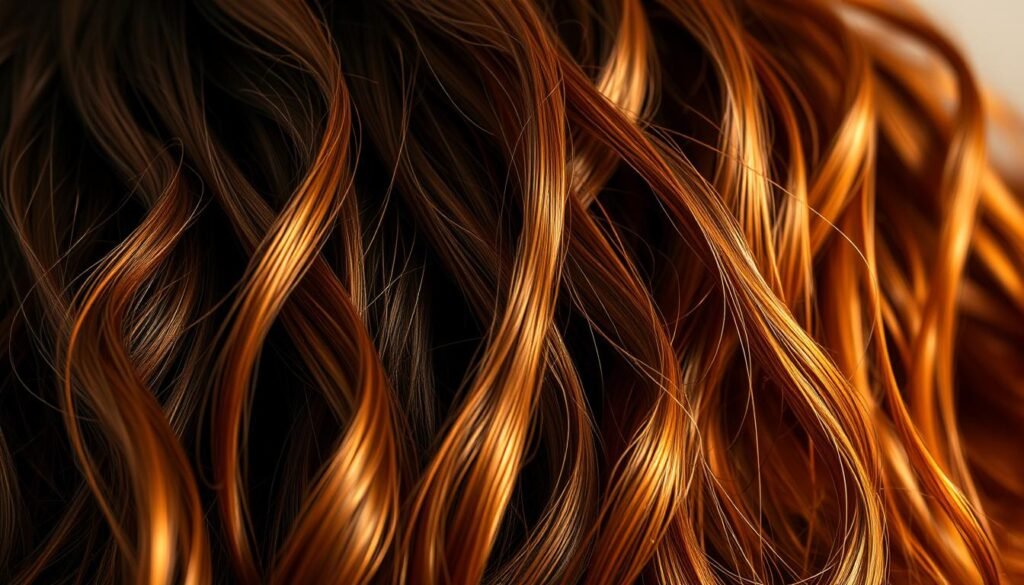
Scalp Care for Thick Hair Management
A well-cared-for scalp is the foundation for healthier and more manageable thick hair. Proper scalp care can significantly impact the overall health and appearance of thick hair.
Exfoliation Techniques for a Healthy Scalp
Exfoliating the scalp helps remove dead skin cells and other debris that can clog hair follicles. This process can be done using gentle scalp scrubs or brushes designed for scalp exfoliation. For instance, using a scalp massager with silicone tips can be particularly effective for those with thick or dense hair. Regular exfoliation can improve scalp health, potentially leading to healthier hair growth.
- Use a gentle scalp scrub once a week to remove dead skin cells.
- Incorporate essential oils like tea tree oil for their antifungal properties.
Scalp Massages and Their Benefits
Scalp massages are a simple yet effective way to stimulate hair growth and improve scalp health. According to a study, a 24-week massage treatment increased hair thickness by improving blood flow to the scalp and stimulating the hair follicles. Regular scalp massages can increase blood circulation, enhance nutrient delivery to the roots, and even help distribute natural oils down the hair shaft.
- Massage your scalp for 5 minutes daily to stimulate hair growth.
- Use tools like scalp massagers with silicone tips for more effective massage.
- Incorporate essential oils like peppermint or rosemary for additional benefits.
For more information on hair care routines for thick hair, visit Kevin Murphy’s guide on managing thick hair.

Professional Treatments for Thick Hair

Thick hair, while beautiful, can sometimes necessitate professional intervention for optimal management. While many thick hair issues can be managed at home, certain conditions warrant professional attention. These include excessive hair loss, scalp conditions like severe dandruff or psoriasis, and significant changes in hair texture or density that may indicate underlying health issues.
Salon Treatments Worth Considering
Several salon treatments can help manage thick hair. Professional colorists can create dimensional color techniques that visually reduce thick hair’s bulk while adding movement and definition. Additionally, specialized haircuts with layering techniques can help distribute the weight of thick hair more evenly, making it more manageable.
When to Seek Professional Help
It’s advisable to consult a professional when thick hair becomes unmanageable despite consistent home care and appropriate product use. Sudden changes in thick hair texture or unexpected hair loss may indicate underlying health issues that require professional evaluation. Trichologists specialize in hair and scalp health and can provide specialized advice for managing particularly challenging thick hair issues.
Conclusion: Embracing Your Thick Hair
The key to managing thick hair lies in understanding its characteristics and applying the right techniques. While it presents unique challenges, thick hair also offers many advantages, such as fullness, volume, and versatility, that those with fine or thinning hair often envy.
Managing thick hair successfully requires embracing appropriate care techniques rather than fighting against its natural tendencies. The remedies and strategies outlined in this article provide a comprehensive approach to thick hair management, from internal nutrition to external treatments.
Consistency in hair care routines is crucial, as results often develop gradually. Finding the right balance of moisture, protein, and styling techniques may require experimentation, but the results are worth the effort. For those experiencing hair loss despite having naturally thick hair, addressing underlying causes while maintaining appropriate care routines is essential.
Ultimately, learning to work with your hair rather than against it leads to the most satisfying results and a healthier relationship with your natural texture. By adopting the right ways to care for your thick hair, you can maintain its natural beauty and volume.
